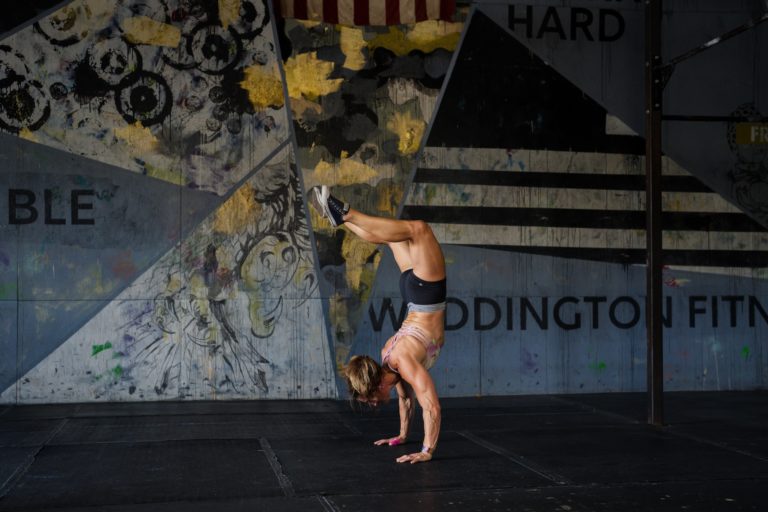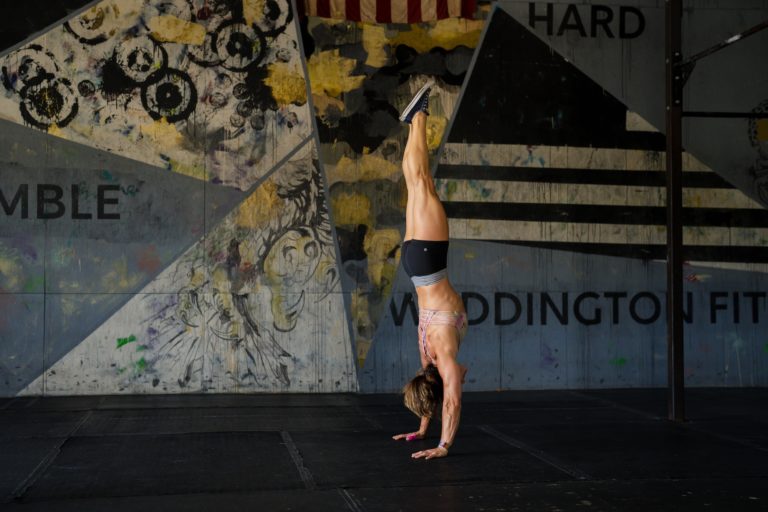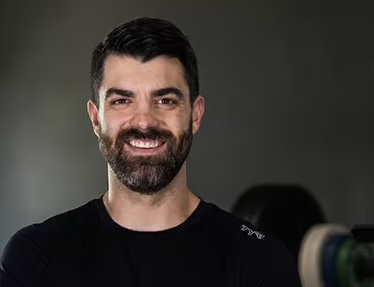When CrossFit athletes think about mobility limitations holding back performance, we often focus on the hips, shoulders, or ankles. But one area frequently overlooked — and arguably just as essential — is the thoracic spine.
Mobility deficits in the thoracic spine (your upper and mid-back) can create massive roadblocks in movement quality. Whether you’re trying to lock out an overhead lift, find a strong and stable front rack, or generate power in a kip, your thoracic spine’s ability to move matters. Without it, you’ll likely see performance drop-offs, compromised movement mechanics, and even chronic shoulder, neck, or lower back pain.
Despite its importance, thoracic mobility rarely gets the focused attention it deserves in an athlete’s training. Let’s explore just how influential this area of the body is — and what you can do to improve it.
Why Thoracic Mobility Matters for CrossFit Performance
Overhead Lifts
Movements like the overhead press, push press, and snatch are often labeled “shoulder mobility” drills — but that’s only part of the equation. Proper overhead positioning requires coordinated movement through the entire upper quarter of the body, especially the thoracic spine.
When the upper back is stuck in a rounded, flexed posture, athletes are left with two major problems:
- Incomplete Overhead Lockout
The barbell never quite makes it over the midline of the body. That creates an unstable lift, often resulting in missed reps or “no-reps,” and caps the ceiling of what you can lift. A perfect example? The snatch. If the barbell drifts even an inch or two forward due to a stiff upper back, it’s no longer stacked over your center of mass. At that point, it’s not a snatch — it’s a glorified front raise with a barbell while squatting. - Compensations That Stress the Shoulder
When mobility in the thoracic spine is lacking, athletes often force the shoulders into awkward positions to compensate, eventually leading to pain or overuse injuries.
Gymnastics Skills
Thoracic mobility is just as important when you’re training gymnastics skills. Two of the best examples are handstand walking and kipping.
- Handstand Walking:
Similar to overhead lifts, the goal is a “stacked” position. If the thoracic spine is immobile, the athlete will often compensate by overextending at the lower back and bending the knees — what we call the “scorpion” position. That lack of alignment means more energy is spent, movement efficiency drops, and the lower back often feels the brunt of the work.


- Kipping Movements:
For a powerful kip, athletes need to hit a strong arch position before snapping back to the hollow. When thoracic extension is limited, that arch breaks down. Athletes compensate by bending their knees, spreading their legs, or overextending their lower back — all of which reduce the power of the kip and increase stress on the spine and shoulders.
Front-Rack Position
A strong front rack requires more than shoulder and wrist mobility — it demands thoracic extension. Without it, elbows drop, wrists take the strain, and the barbell loses its shelf. Not only does this limit performance in front squats and cleans, but it can lead to nagging wrist and upper-back pain.
Here’s the key point: Thoracic mobility isn’t enough. Athletes must also be strong in those newly opened positions. Think about the strength ratio of your front squat max strength versus your back squat. Most athletes can lift 10-20% more in the back squat. Why? The front squat places greater demands on the thoracic spine to maintain a tall, strong position. Many lifters fail not because their legs can’t lift the weight, but because their upper back can’t hold the bar.
That’s why smart programming should pair mobility work with strength drills in those expanded ranges of motion.
How to Test Your Thoracic Spine Mobility
One of the most effective ways to assess your thoracic rotation is with this wall-based drill:
- Start on your hands and knees beside a wall so that your hips and shoulders on one side of your body touch the wall.
- Sit your hips back onto your heels.
- Bring your forearms together directly in front of your knees.
- Place the outside hand (away from the wall) on the small of your back.
- Turn your head to follow the hand and rotate your upper body.
The wall prevents you from side-bending, which can cheat the test. Have a coach or training partner watch from the front. You’re looking to rotate your collarbone from parallel to the floor up to a ~50-degree angle. Test both sides. If you’re not hitting that 50-degree mark on either side, it’s time to work on your thoracic mobility.
Sample Thoracic Mobility Workout
In the sample workout below, you’ll notice we don’t just stretch — we combine passive mobility drills with active strength movements. That’s because the goal isn’t just to move better temporarily. It’s to create long-term, usable mobility that translates directly to better performance and resilience in CrossFit training.
1-minute open book
Then 15 down dogs Down Dog
6-minute AMRAP (for quality):
50-meter double Kettlebell Front Rack Carry
10 prone PVC presses Prone PVC Press for Rotator Cuff Strength
This session is pulled from our full Thoracic Mobility Overhaul program, which is designed to improve overhead mechanics, front-rack positioning, and gymnastic flow by unlocking the upper back.
Final Thoughts
Thoracic spine mobility may not be flashy, but it’s foundational. Whether you’re snatching, handstand walking, or front squatting heavy, your ability to move and stabilize through your upper back can make or break performance.
If you’ve been chasing shoulder mobility or upper body pain solutions with no results, don’t overlook the thoracic spine. Test it, train it, and strengthen it.
Your lifts and your joints will thank you.
About the Author
 Zach Long is a Doctor of Physical Therapy at Onward Physical Therapy, the founder of TheBarbellPhysio.com, and co-founder of PerformancePlusProgramming.com. He specializes in mobility, strength, and prehab programming for fitness athletes. He is passionate about helping athletes optimize performance and prevent injury through evidence-based strategies and expert coaching.
Zach Long is a Doctor of Physical Therapy at Onward Physical Therapy, the founder of TheBarbellPhysio.com, and co-founder of PerformancePlusProgramming.com. He specializes in mobility, strength, and prehab programming for fitness athletes. He is passionate about helping athletes optimize performance and prevent injury through evidence-based strategies and expert coaching.